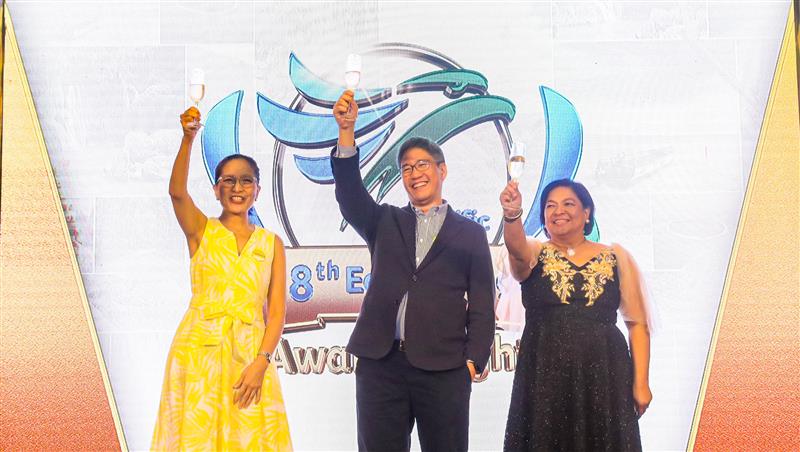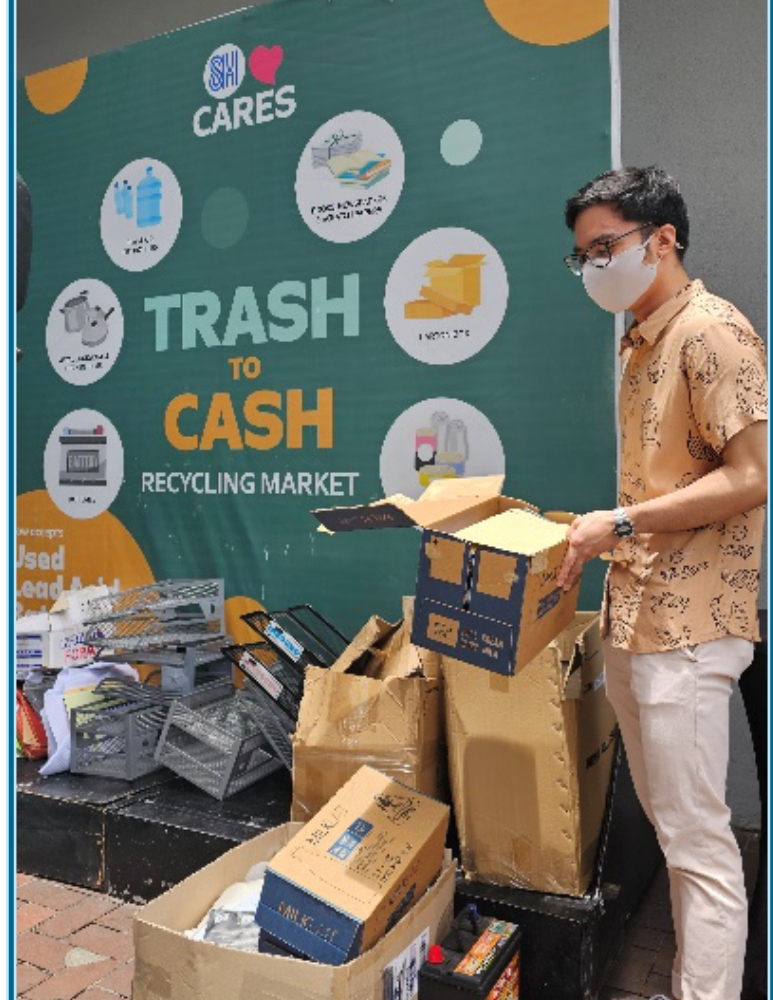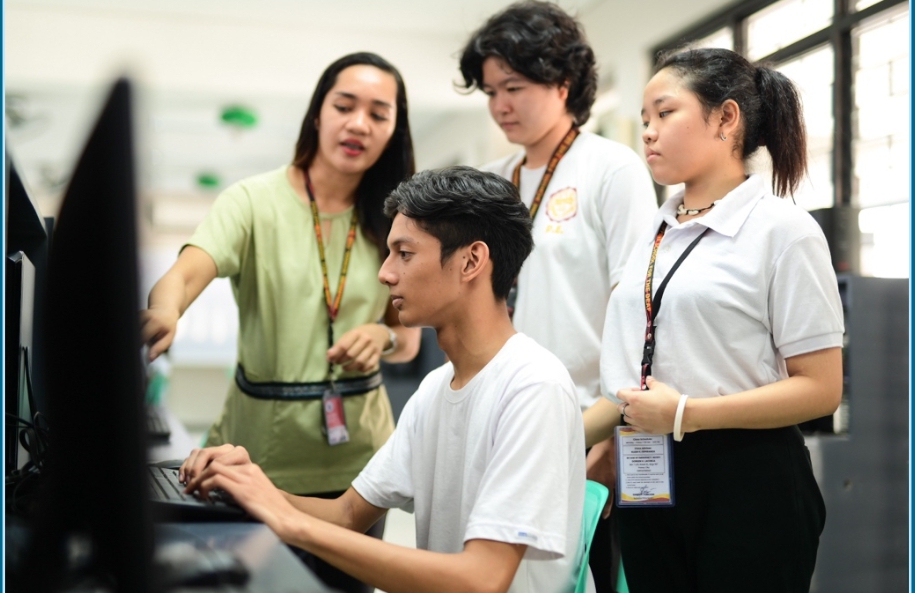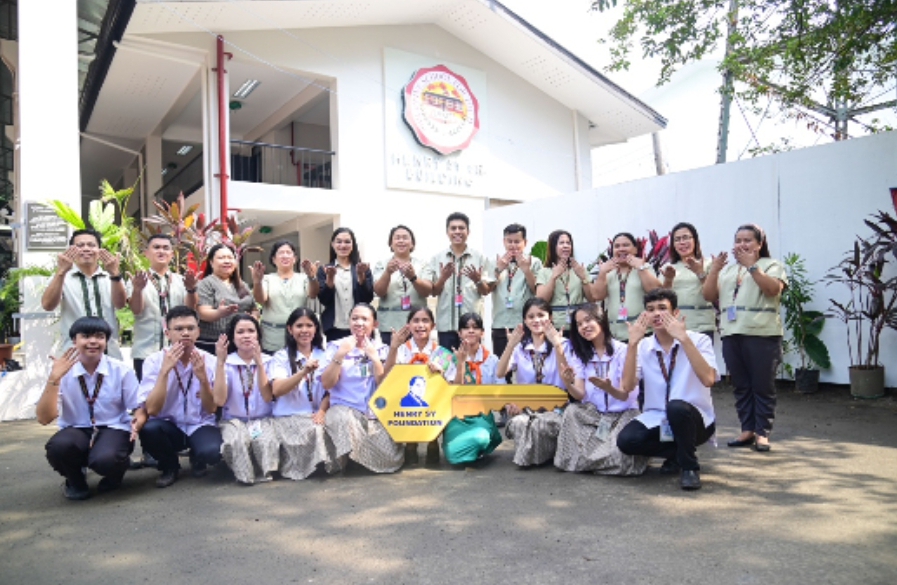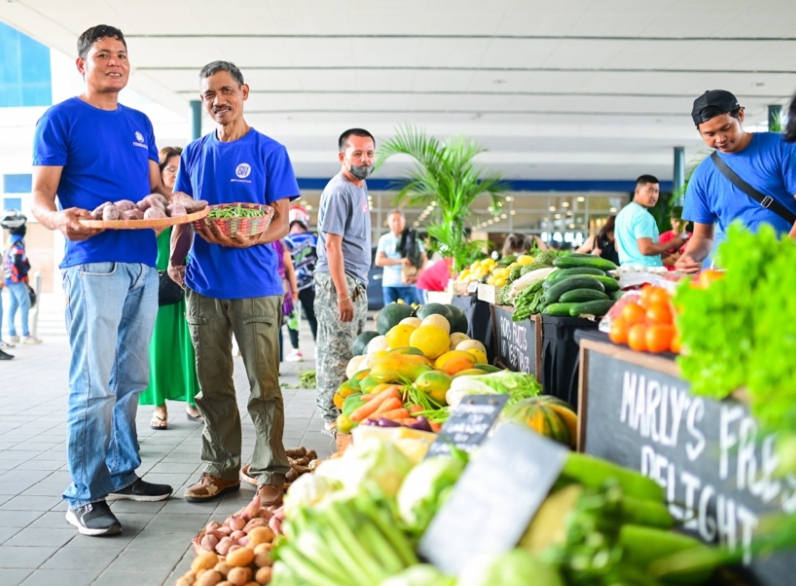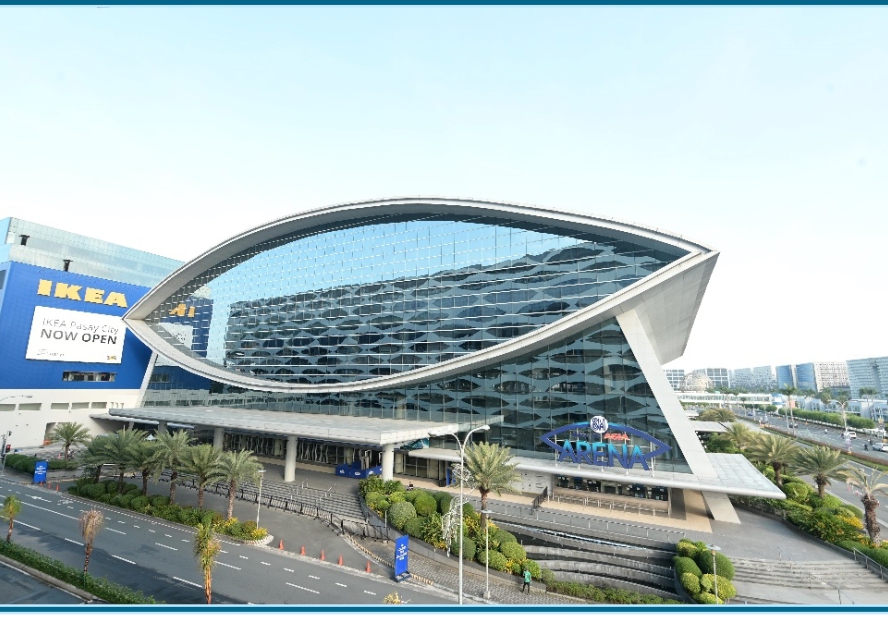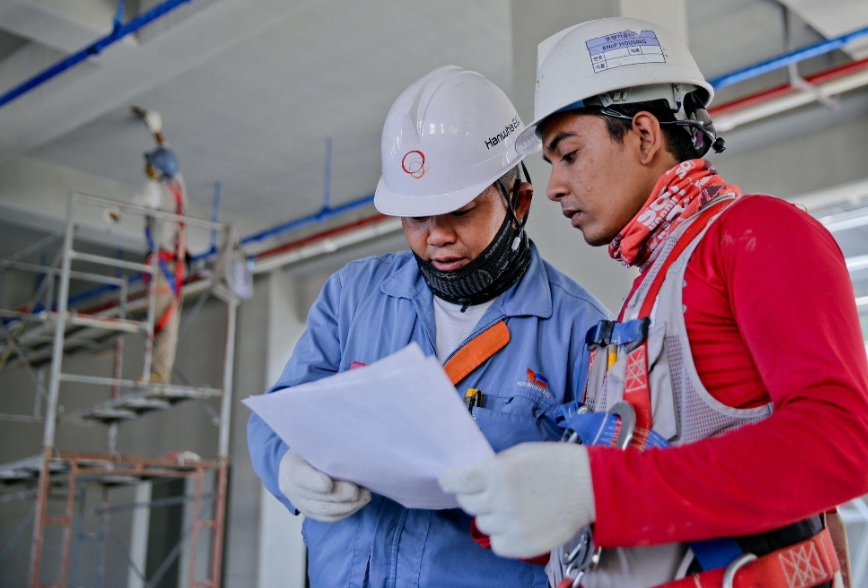(L-R) Breville Philippines’ PR Agency Partner CatPR Head Nadine Tan, Breville Philippines Food and Beverage (F&B) Business Unit Manager Elijah Marie Cortez-Flores, Breville Philippines Ambassadress Vanessa Maclang Caceres, and IAJWC President Ma. Cristina S. Llamo
While the Philippines actually falls under the “Bean Belt”—an equatorial zone of the biggest coffee-growing countries in the world—it still lags behind the emergence of a revolutionary movement that reshapes the peoples’ connection to a cup of Joe.
Nevertheless, it’s not too late for this nation to firmly establish its own coffee culture, wherein majority, if not the entire populace, have a general knowledge and appreciation of this well-loved drink, coupled with their strong familiarity, exposure and use of available technologies in the market to make a cuppa.
With this in mind, IAJ Wellness Corporation (IAJWC), the exclusive distributor of Breville in the Philippines, has officially signed up multi-awarded barista and famed content creator Vanessa Maclang Caceres as the country’s ambassadress of the leading small kitchen appliances brand from Australia.
Impressed by the rich and mature coffee culture of various countries, IAJWC President Cris Llamo dreams of replicating such trends locally, where Filipinos do not merely drink coffee but dive deep into the art and appreciation of its unique flavors and origins.
“Hence, our partnership is aimed at raising more awareness on coffee culture and appreciation in the country,” she said during their contract signing held recently in Makati City.
“We want to be in the forefront of educating the people about Third Wave Coffee. That’s why we really want Vanessa to become our ambassadress because her vast knowledge of the industry will be of big help to elevate the peoples’ understanding of specialty coffee,” added Elijah Marie Cortez-Flores, Food & Beverage (F&B) Business Unit Manager at Breville Philippines.
Being an ambassadress, Ms. V (her online monicker) or Mamita (as fondly called by her colleagues) will mainly help promote the brand’s coffee category, plus other kitchen appliances through her social media contents. With her new role, she will also work closely with the brand in equipping the frontliners, which include promo merchandisers, with the most up-to-date knowledge about specialty coffee in order for them to effectively sell Breville products to customers.
“Transfer of knowledge should not go wrong. We want to make sure that our people who interact with the customers are saying the right things about coffee and how best to enjoy it using Breville products. So it’s important to have somebody like Ms. Vanessa, who’s been in the industry for a long time—19 years to be exact. There’s a wealth of information and experience that we can learn from her,” Llamo said.
“Through her hands-on training, we also believe that we will be able to foster a deeper appreciation for Breville products, especially the espresso machine category,” Flores added.
Elated by their confidence, Caceres is very thankful of their partnership. She quipped: “I’m happy that they trust me with this partnership. I’m really grateful to train their frontliners and share my knowledge on Third Wave Coffee to other people.”
Breville Philippines started to tap her in March 2023 for Women’s Month using the Breville Bambino Plus. Little did she know that her first encounter with this small espresso machine would make her a firm believer and, eventually, ambassadress of the brand. She said: “It’s not like other similar products, wherein everyone can pull a shot of espresso. No one can do steamed milk that is much better than Breville.”
What Caceres loves about the brand is its innovative wide array of products that do not only address the complications of coffee-making processes, but the whole kitchen concerns as well. Their designs go hand-in-hand with functionalities, befitting the requirement of each client.
Although Breville is positioned as a premium brand, it’s worth the investment given the endless possibilities it can do for the buyers. No wonder it’s now Vanessa’s constant kitchen companion.
“It’s really a part of my daily life. Once you have it in your kitchen, you cannot stop using it. That’s why you really get your money’s worth,” she stressed.
ABOUT BREVILLE
Founded in Sydney in 1932, Breville has become an iconic global brand that enhances people’s lives through thoughtful design and brilliant innovation, delivering kitchen products to more than 70 countries around the globe. Breville is the kitchen appliance brand that delivers innovation based on consumer insights, empowering people’s potential to do things more impressively or easily than they’d thought possible in their own kitchen.
The brand was introduced in the Philippines in 2010. Under the exclusive distribution of IAJ Wellness Corporation, select Breville products are available in over 100 retail stores across the nation.

